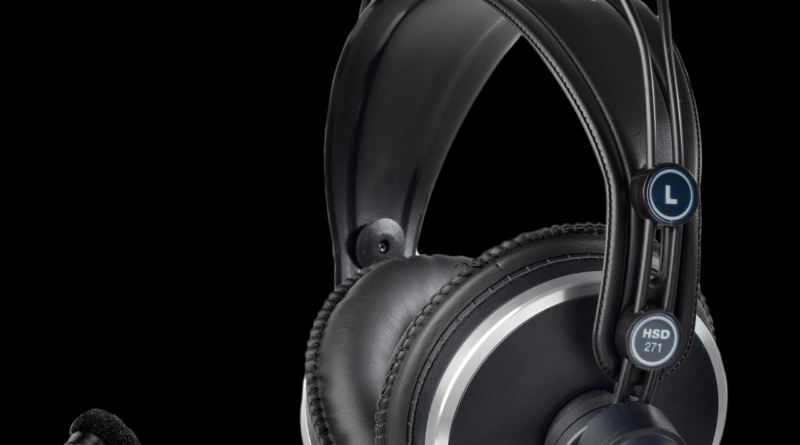Earphones With Dynamic Drivers: A Comprehensive Guide
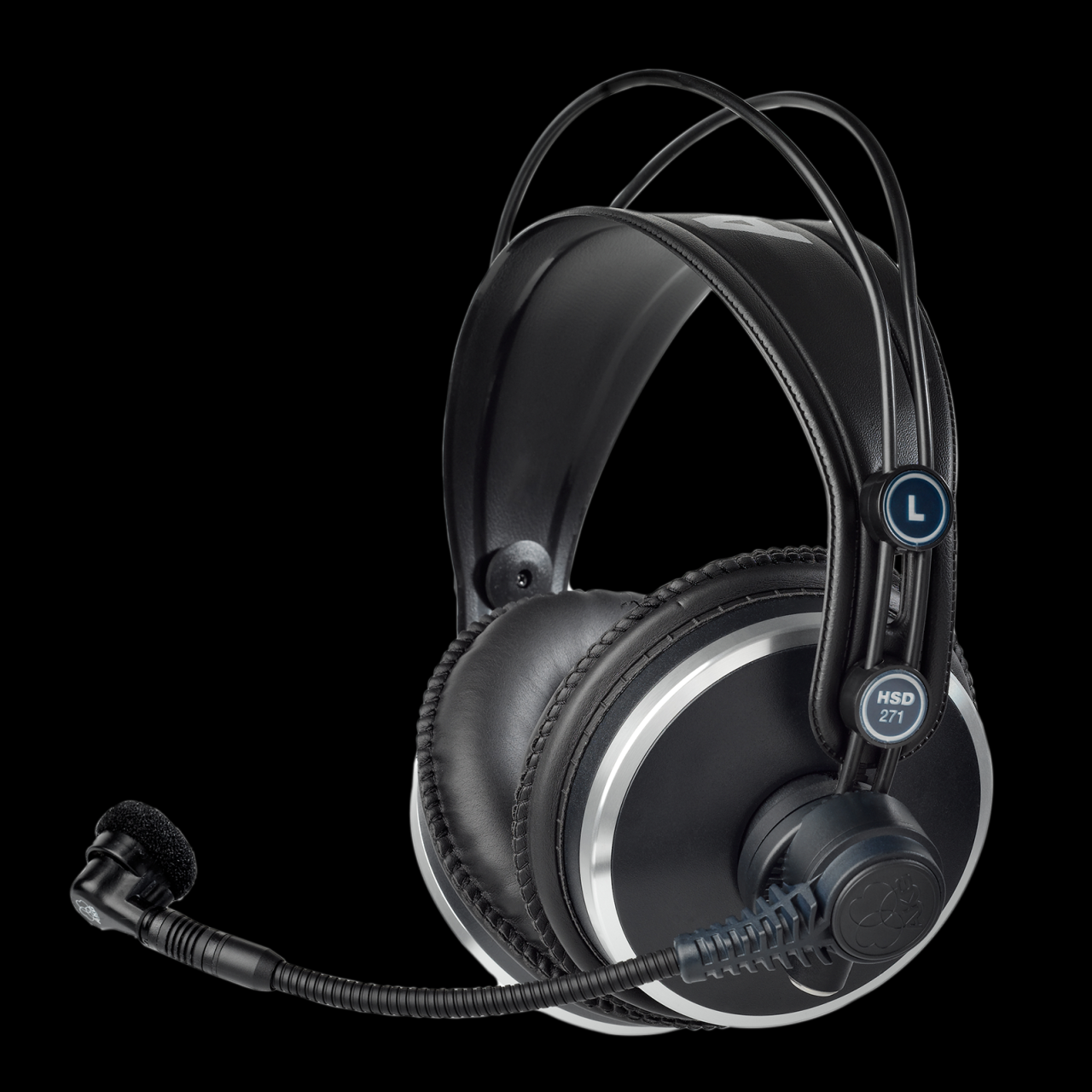
Earphones with Dynamic Drivers: A Comprehensive Guide
Introduction
Earphones with dynamic drivers are a popular choice for audio enthusiasts due to their ability to deliver powerful and immersive sound. Unlike balanced armature drivers, which use a balanced armature to create sound, dynamic drivers use a moving coil and magnet to generate sound waves. This design results in a more natural and dynamic sound, with a wider frequency response and deeper bass.
How Dynamic Drivers Work
Dynamic drivers consist of three main components: a diaphragm, a voice coil, and a magnet. The diaphragm is a thin, flexible material that vibrates when an electrical signal is applied to the voice coil. The voice coil is a coil of wire that is suspended in the magnetic field of the magnet. When an electrical signal is applied to the voice coil, it causes the coil to move back and forth, which in turn causes the diaphragm to vibrate. The vibrations of the diaphragm create sound waves that are transmitted to the ear.
Advantages of Dynamic Drivers
Dynamic drivers offer several advantages over balanced armature drivers, including:
- Wider frequency response: Dynamic drivers can reproduce a wider range of frequencies than balanced armature drivers, from deep bass to high treble. This results in a more natural and immersive sound.
- Deeper bass: Dynamic drivers are known for their ability to produce deep and powerful bass. This is due to the fact that the moving coil and magnet design allows for a greater excursion of the diaphragm, which results in more air being moved and a deeper bass response.
- More natural sound: Dynamic drivers produce a more natural and realistic sound than balanced armature drivers. This is because the moving coil and magnet design allows for a more gradual transition between frequencies, which results in a smoother and more cohesive sound.
Disadvantages of Dynamic Drivers
Dynamic drivers also have some disadvantages, including:
- Less detailed sound: Dynamic drivers can be less detailed than balanced armature drivers, especially in the high frequencies. This is because the moving coil and magnet design can introduce some distortion, which can obscure the finer details of the music.
- Larger size: Dynamic drivers are typically larger than balanced armature drivers, which can make them less comfortable to wear for extended periods of time.
- More power consumption: Dynamic drivers require more power to operate than balanced armature drivers, which can drain the battery of your audio device more quickly.
Choosing Earphones with Dynamic Drivers
When choosing earphones with dynamic drivers, there are a few things to keep in mind:
- Frequency response: The frequency response of earphones is measured in hertz (Hz) and indicates the range of frequencies that the earphones can reproduce. A wider frequency response will result in a more natural and immersive sound.
- Sensitivity: The sensitivity of earphones is measured in decibels (dB) and indicates how loud the earphones will play at a given volume level. A higher sensitivity will result in louder earphones.
- Impedance: The impedance of earphones is measured in ohms (Ω) and indicates how much resistance the earphones will offer to the flow of electrical current. A higher impedance will require more power to drive the earphones.
- Comfort: The comfort of earphones is important, especially if you plan on wearing them for extended periods of time. Look for earphones that are lightweight and have a comfortable fit.
Conclusion
Earphones with dynamic drivers offer a number of advantages over balanced armature drivers, including a wider frequency response, deeper bass, and more natural sound. However, dynamic drivers also have some disadvantages, such as less detailed sound, larger size, and more power consumption. When choosing earphones with dynamic drivers, it is important to consider the frequency response, sensitivity, impedance, and comfort of the earphones.
5 Best Earphones with Dynamic Sound
1. Sennheiser HD 600
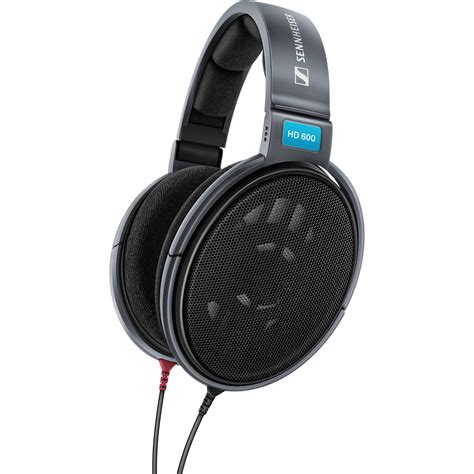
The Sennheiser HD 600 is a classic pair of open-back headphones that offer exceptional sound quality. They have a wide soundstage with excellent imaging, and their dynamic drivers deliver deep, powerful bass and clear, detailed highs. The HD 600 is a great choice for critical listening and music production.
2. Beyerdynamic DT 990 Pro
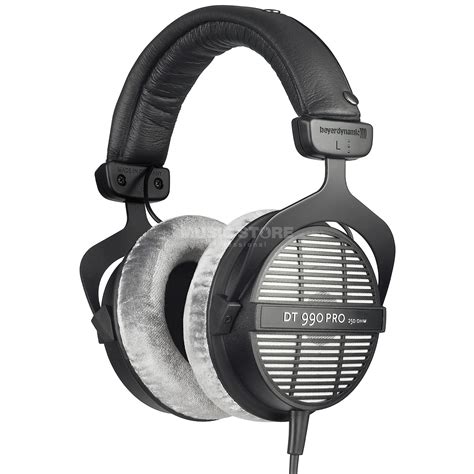
The Beyerdynamic DT 990 Pro is another excellent pair of open-back headphones that are known for their accurate sound reproduction. They have a slightly brighter sound signature than the HD 600, with a more pronounced treble response. The DT 990 Pro is a great choice for mixing and mastering, as well as for general music listening.
3. Audio-Technica ATH-M50x
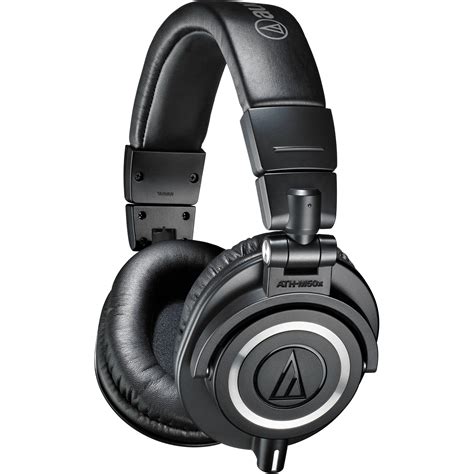
The Audio-Technica ATH-M50x is a closed-back headphone that is popular among DJs and audio engineers. It has a powerful bass response and a clear, detailed midrange. The ATH-M50x is a great choice for monitoring and mixing, as well as for general music listening.
4. Shure SE846
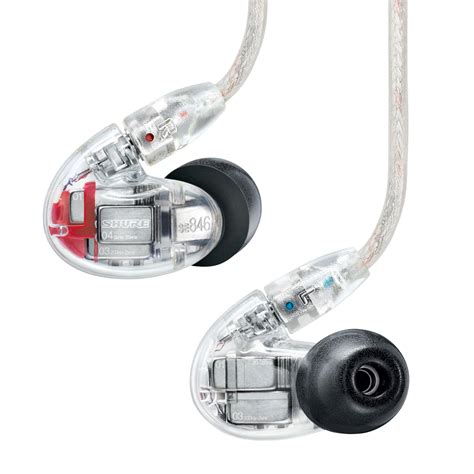
The Shure SE846 is an in-ear headphone that offers exceptional sound quality. It has a quad-driver design that delivers deep, powerful bass, clear mids, and detailed highs. The SE846 is a great choice for musicians, audiophiles, and anyone who wants to experience the best possible sound quality from their headphones.
5. Etymotic Research ER4XR

The Etymotic Research ER4XR is an in-ear headphone that is known for its exceptional noise isolation. It has a deep-insertion design that blocks out external noise, making it ideal for use in noisy environments. The ER4XR also has a balanced armature driver that delivers clear, detailed sound. It is a great choice for musicians, audiophiles, and anyone who wants to experience the best possible sound quality from their headphones.
